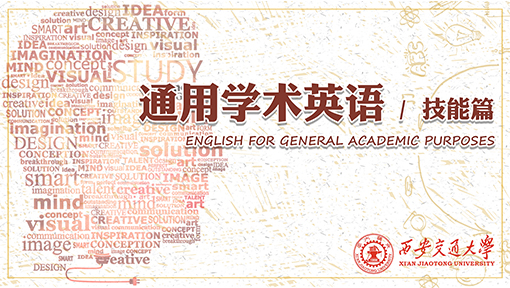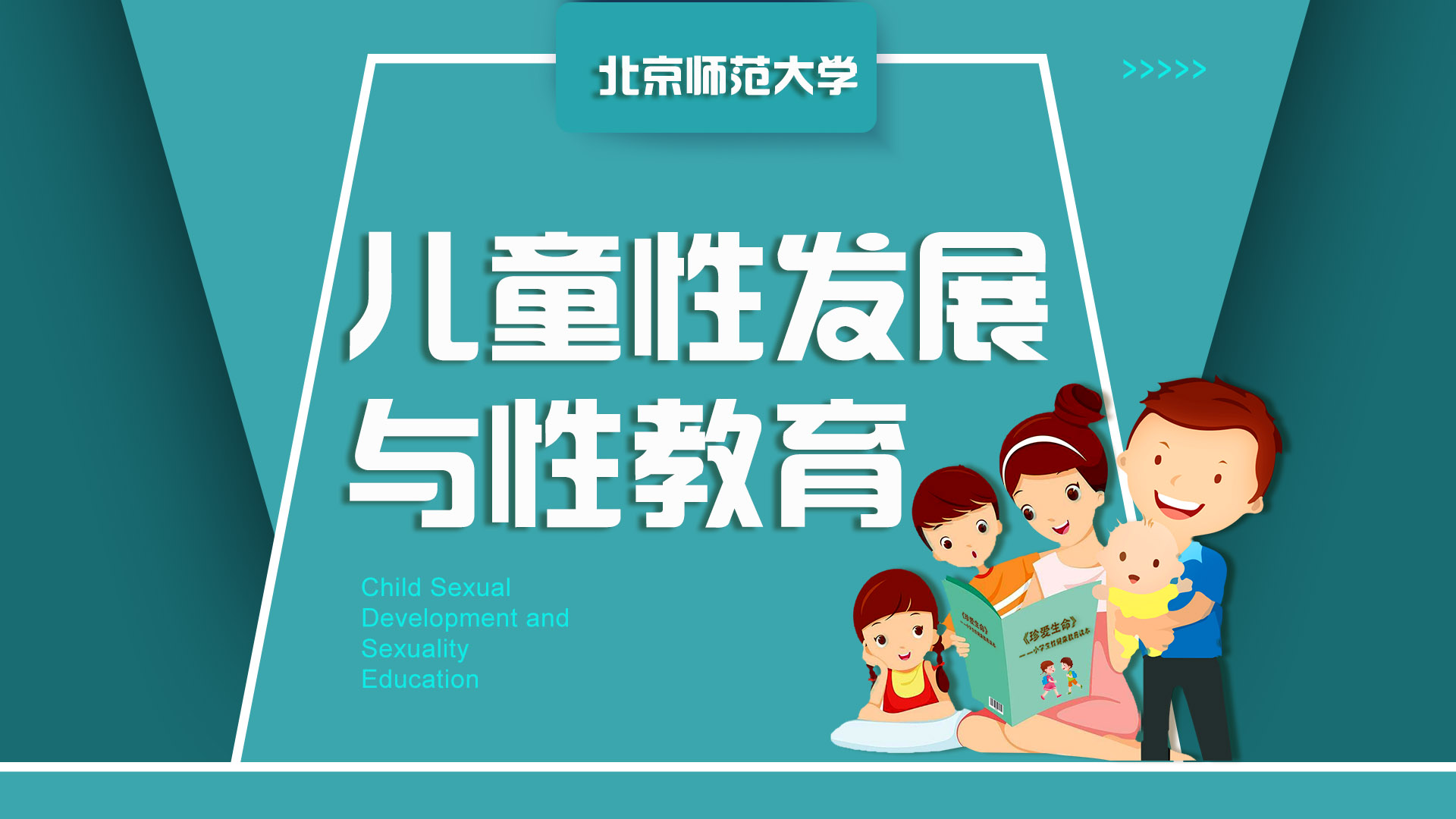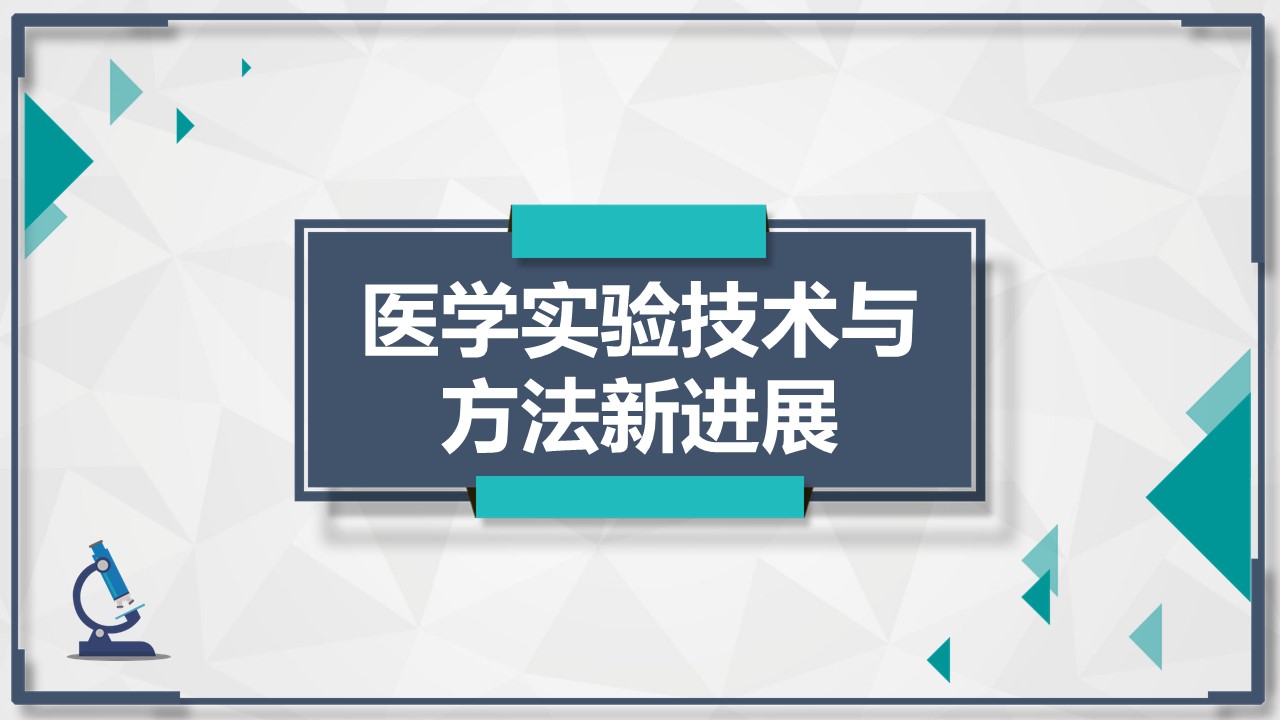
当前课程知识点:Green Economy from China's Stories > 4. Circular Economy > 4.1.2 Background in China > 4.1.2 Background in China
返回《Green Economy from China's Stories》慕课在线视频课程列表
返回《Green Economy from China's Stories》慕课在线视频列表
大家好 欢迎进入
《绿色经济与中国实践》大课堂
这一节
我们向大家讲授循环经济
在中国是怎么产生的
在这页PPT里面我们可以看到
改革开放40多年来
中国社会发展取得了瞩目的伟大成就
以2018年主要经济数据为例
全国经济总量突破了90万亿
全国粮食总产量达到6亿万吨以上
中国有220多种工业产品
位居世界第1位
服务业总增加值占GDP总量
上升到了52%以上
城乡居民可支配收入达到了
28 000多元以上
中国取得了很多成就
但这在这些成就背后 必须要看到
中国为促进经济发展
在资源和环境方面也付出了比较大的代价
其中包括下面图片展示的这些内容
包括生态环境问题
自然灾害频繁发生
各种污染日趋严重等等
这些问题需要引起我们的重视
同时中国的资源劣势也需要
引起我们的注意
原先我们讲中国是一个地大物博的国家
但是这张图里面可以看到
中国各种资源量占
世界平均人均比的一个比重
这里面我们可以看到以煤炭为例
中国山西 内蒙 陕西有很多的煤炭
煤炭是中国主要能源
但是也只占到了世界人均水平的63%
其他的这些资源量占到的比例就更低了
比如天然气 石油只占到了
世界人均占有量的7%左右
因此我们说中国的资源禀赋
是存在一些先天不足的
同时2018年中国石油对外依存度
达到了将近70%
天然气和煤炭进口量分别有
1254亿立方米和0 8亿吨
这个时候我们就应该注意到
中国的对外依存度是非常高的
同时中国的资源劣势还包括
耕地等方面的一些劣势
耕地有18亿亩红线
全国2/3的城市缺水
原煤产量已经达到了36亿吨
但是它的最佳保障能力只有20多亿吨
因此这方面也需要引起我们的重视
这些种种的资源劣势和环境问题
值得让我们思考
原先我们粗放型的一个增长模式
是否应该进行一个转变
原先我们粗放型的增长模式
主要是指依靠增加生产要素的投入
既增加投资扩大厂房
增加劳动投入来增加产量
这种经济增长方式又被称为
外延式增长方式
其基本的特性是
依靠大量的生产要素
的投入来扩大生产规模 实现经济增长
而我们现在要转变过去的增长方式
就要开始大力的发展循环经济
从源头减少废弃物的产生
推进废弃物的循环利用
这就是我们接下来的解决方案
好 以上我们介绍了中国
发展循环机的背景
谢谢观看
-1.1.1 Global Environmental Issues and Ecological Crisis
--1.1.1 Global Environmental Issues and Ecological Crisis
-1.1.2 Environmental Issues and Governance Results in China
--1.1.2 Environmental Issues and Governance Results in China
-1.2.1 Attention from the International Community to Ecological and Environmental Issues
--1.2.1 Attention from the International Community to Ecological and Environmental Issues
-1.2.2 Reflection of the International Community on Ecological and Environment Issues
--1.2.2 Reflection of the International Community on Ecological and Environment Issues
-1.2.3 China's Practice of Ecological and Environmental Protection (a)
--1.2.3 China's Practice of Ecological and Environmental Protection (a)
-1.2.3 China's Practice of Ecological and Environmental Protection (b)
--1.2.3 China's Practice of Ecological and Environmental Protection (b)
-1.3 The Origin of Ecological and Environmental Issues
--1.3 The Origin of Ecological and Environmental Issues
-Chapter I Test
-2.1 Teaching Materials
-2.2 Practice in China
-Chapter II Test
-3.1 Research Hotspots
-3.2.1 Industrial Ecology
-3.2.2 Environmental Value Spillover
--3.2.2 Environmental Value Spillover
-3.2.3 "Two Mountains" Theory (a)
--3.2.3 "Two Mountains" Theory (a)
-3.2.3 "Two Mountains" Theory (b)
--3.2.3 "Two Mountains" Theory (b)
-Chapter III Test
-4.1.1 International background
--4.1.1 International background
-4.1.2 Background in China
-4.2 3R Principles
-4.3 3 levels
-4.4.1 Progress
-4.4.2 Policies
-Chapter IV Test
-5.1 The concept of Low-carbon Economy
--5.1 The concept of Low-carbon Economy
-5.2 The origin of the Low-carbon Economy theory
--5.2 The origin of the Low-carbon Economy theory
-5.3 Practice in Developed Countries
--5.3 Practice in Developed Countries
-5.4 Practice in China
-Chapter V Test
-6.1 The Concept of Green Economy
--6.1 The Concept of Green Economy
-6.2.1 Development and Research Progress of the Green Economy
--6.2.1 Development and Research Progress of the Green Economy
-6.2.2 Actions on Green Economy and Future Development Trend of Green Economy
--6.2.2 Actions on Green Economy and Future Development Trend of Green Economy
-6.3 Assessment Methods for Development of Green Economy
--6.3 Assessment Methods for Development of Green Economy
-6.4.1 Formation and Application of Green Economy Development Thought
--6.4.1 Formation and Application of Green Economy Development Thought
-6.4.2 Practice and Inspirations of Green Economy Development
--6.4.2 Practice and Inspirations of Green Economy Development
-Chapter VI Test
-7.1 The Concept of Sustainable Development
--7.1 The Concept of Sustainable Development
-7.2.1 The formation of sustainable development in China
--7.2.1 The formation of sustainable development in China
-7.2.2 China's Achievements in Sustainable Development
--7.2.2 China's Achievements in Sustainable Development
-7.3.1 EKC Hypothesis and Its Origin
--7.3.1 EKC Hypothesis and Its Origin
-7.3.2 Enlightenment of EKC on China's Environmental Governance
--7.3.2 Enlightenment of EKC on China's Environmental Governance
-Chapter VII Test
-8.1 The Connotation and Assessment Significance of Ecosystem Service Value
--8.1 The Connotation and Assessment Significance of Ecosystem Service Value
-8.2 The Research Progress of Ecosystem Service Value Assessment
--8.2 The Research Progress of Ecosystem Service Value Assessment
-8.3 Practice in China
-Chapter VIII Test
-9.1.1 Theoretical Concept
-9.1.2 Research Prospect
-9.2 Development Process of Ecological Footprint
--9.2 Development Process of Ecological Footprint
-9.3.1 Research Scale
-9.3.2 Research Industry
-Chapter IX Test
-10.1 Environmental Policy Assessment Standards
--10.1 Environmental Policy Assessment Standards
-10.2 Types of Environmental Policies (a)
--10.2 Types of Environmental Policies(a)
-10.2 Types of Environmental Policies (b)
--10.2 Types of Environmental Policies(b)
-10.3 Case study——River Chief Policy
--10.3 Case study——River Chief Policy
-Chapter X Test
-Final exam
--Final exam






